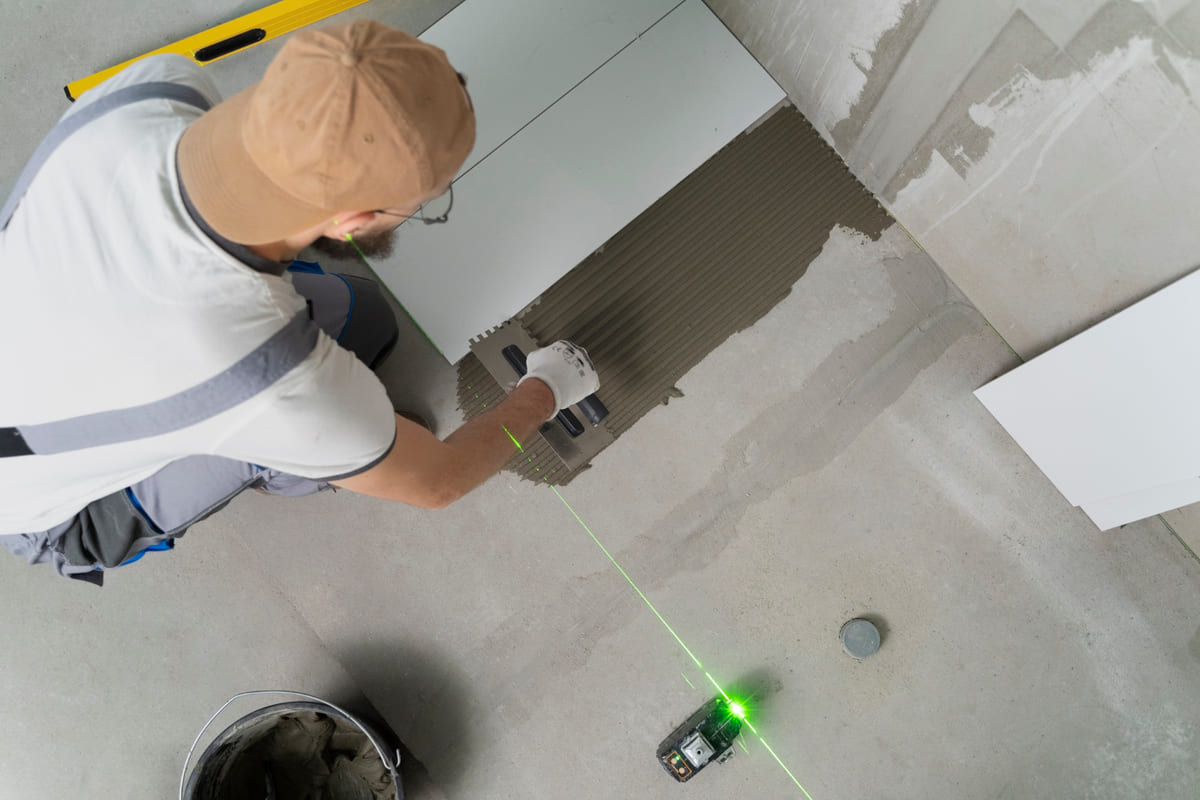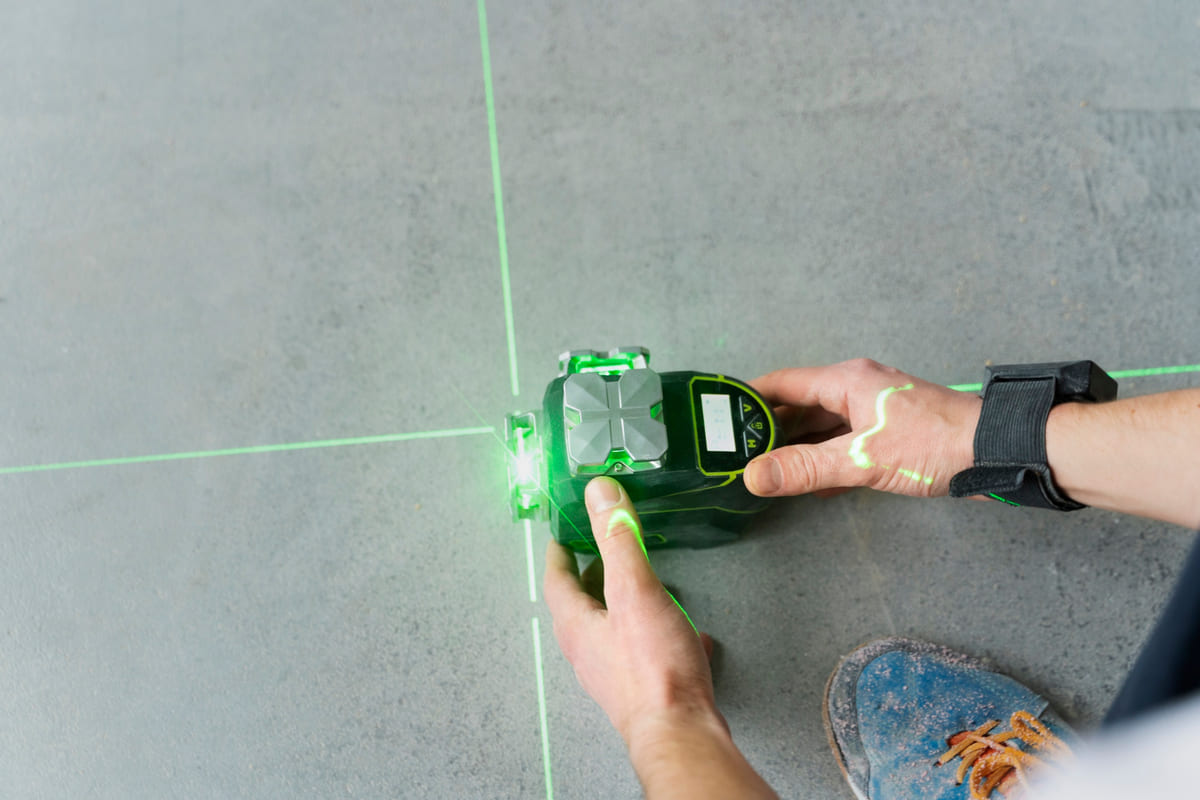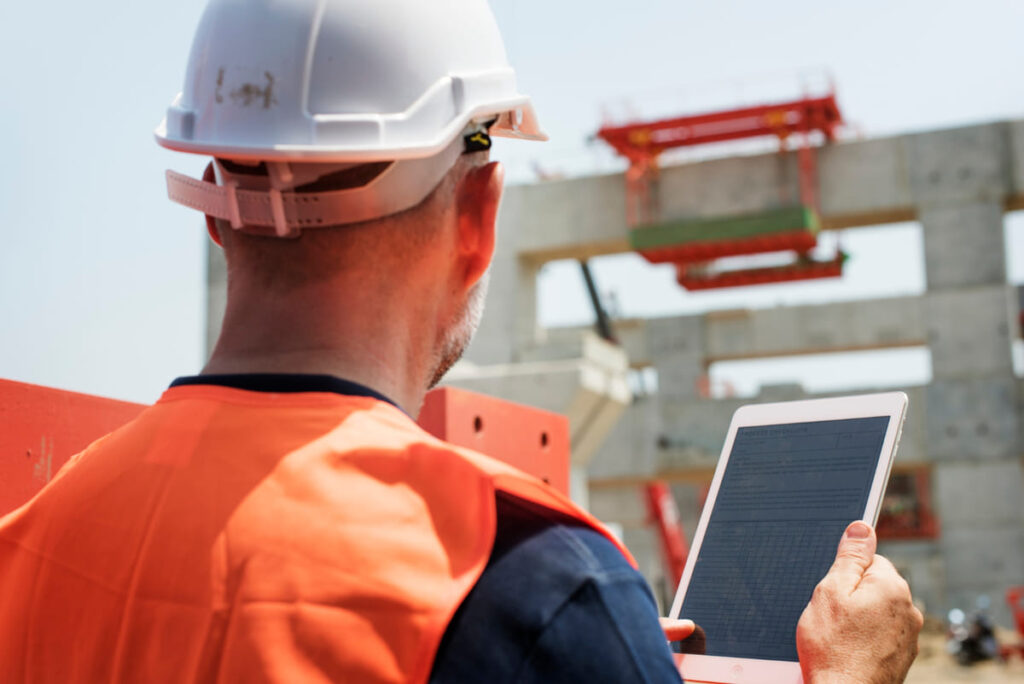Smart projects use concrete sensors to tackle these challenges directly. By embedding sensors in the concrete or attaching them to formwork, engineers get continuous data on the concrete’s condition. This real-time information enables timely, informed decisions. Below are seven real-world applications of concrete sensors, each addressing specific issues and using different sensor types (from embedded maturity meters to corrosion probes) to improve construction quality, efficiency, and safety.
Table of Contents
Problems and Consequences
On large construction projects, managing concrete effectively is critical. Several common issues tend to arise, from uncertainties in curing to hidden defects, and they can impact project timelines, safety, and costs. Below are key problems encountered on site and the consequences if they are not addressed.
1. Uncertain Curing Times and Strength Development
Contractors often rely on standard curing durations or lab-cured samples to estimate concrete strength, but real-world conditions can make strength gain faster or slower than expected. Without direct in-place measurements, teams must guess when to remove formwork or apply loads. If they wait too long out of caution, the project suffers avoidable delays and idle labor. If they act too early, the concrete might not be strong enough, risking damage or even collapse of that element. In short, uncertainty in curing time can lead to schedule overruns or safety hazards, as well as added costs if extra cement or time buffers are used as insurance.

2. Early-Age Cracking Risks
Fresh concrete is vulnerable to cracking if its temperature or moisture is not controlled during curing. For example, in a large pour the interior can heat up while the surface stays cooler – this temperature difference may cause thermal cracks. Likewise, if a slab’s surface dries out too quickly, shrinkage cracks can develop. Such cracks mar the concrete’s quality and allow water or chemicals to reach the reinforcing steel, promoting corrosion. The result is reduced structural durability and potential long-term safety issues. Repairing cracks and the damage they cause is expensive, so preventing early-age cracking is crucial to maintaining structural integrity.
3. Construction Delays and Inefficiencies
Concrete curing often dictates the pace of construction. If a project must wait a fixed number of days for concrete to reach a presumed strength (say 7 or 28 days by convention), subsequent work is held up. These delays stretch the project timeline and increase costs due to extra labor, extended equipment rental, and site overhead. Manual testing processes add to the inefficiency: casting samples and waiting for lab results provides slow feedback. If a problem (like low strength) is found late, it can require rework and further delay. In summary, inaccurate or inflexible timing around concrete curing – and reliance on slow manual monitoring – is a major source of lost productivity and cost overruns.
4. Quality Control and Safety Challenges
Without real-time insight into what’s happening inside the concrete, ensuring quality is difficult. Potential issues such as a batch that isn’t curing properly or an internal temperature spike can go unnoticed until visible symptoms appear or a test fails. This reactive approach means defects might only be found after they pose a risk. Poor concrete quality (for example, lower strength in part of a slab) can compromise safety if that element doesn’t perform as expected. In extreme cases, an undetected flaw could lead to a structural failure under load. Even if failure is avoided, discovering problems late means costly remediation or retrofit. Thus, lack of continuous monitoring creates uncertainty in quality and can translate into safety risks and added expenses.
Suggested article to read: 10 Tips For Quality Control in Construction

Solutions with Sensors
1. Real-Time Strength and Maturity Monitoring
Embedded maturity sensors measure concrete’s temperature history and convert it into a real-time strength estimate. This tells the team exactly when a concrete element has gained enough strength for the next step (such as safely removing formwork or applying a load). Using these sensors, contractors can strike formwork or load the concrete at the earliest safe time rather than waiting on a fixed schedule. That accelerates the project without increasing risk, since no action is taken until the sensor confirms the concrete has met its strength target.
2. Thermal Control to Prevent Cracking
Wireless temperature sensors in a concrete pour track the heat of hydration and alert the team if the core gets too hot or the surface too cool. This is crucial in mass concrete pours to prevent thermal cracking, and in cold weather to ensure the mix doesn’t freeze. If temperature readings approach unsafe limits, crews can adjust—by cooling the concrete gradually or adding insulation and heat as needed. With sensors guiding these measures, the concrete cures evenly and avoids temperature-related damage.
3. Moisture and Curing Condition Tracking
Concrete sensors can monitor moisture conditions such as internal relative humidity. If the concrete starts drying too quickly (low humidity inside), they alert the team to take action like misting water or covering the surface to keep it moist. This prevents the concrete from developing shrinkage cracks and helps it achieve full strength. By avoiding premature drying, sensors ensure higher quality concrete and reduce the risk of surface cracking.
4. Structural Strain and Load Monitoring
Strain gauges embedded in concrete elements measure how those elements deform under load. During construction, they reveal if a beam or column is being overstressed by construction loads or early use. If an abnormal strain is detected, the team can add supports or reduce the load before any damage occurs. Over the structure’s life, strain sensors continue to track performance and can give early warning of issues like a developing crack or overload, ensuring the structure stays within design limits and remains safe.
5. Displacement and Settlement Detection
Displacement sensors (such as settlement gauges or tilt meters) track any movement of the structure or its foundation. They can detect if one side of a foundation is sinking slightly or if a wall is starting to lean. With that information, engineers can intervene early — perhaps pausing nearby construction or underpinning a foundation — before a minor shift becomes a major problem. Monitoring displacement in real time adds a layer of safety by ensuring stability and allowing corrections before structural damage occurs.

6. Vibration and Structural Health Monitoring
Accelerometers measure vibrations in concrete structures. During construction, they help ensure that activities like piling or heavy equipment aren’t causing harmful vibrations in new concrete. Later, they serve as part of structural health monitoring: if the structure’s vibration pattern changes significantly (for example, its natural frequency drops), it can indicate damage or a crack that needs inspection. Thus, vibration sensor data provides an extra layer of quality and safety control, both while building and in the structure’s long-term use.
7. Corrosion and Durability Sensors
Corrosion sensors embedded near steel reinforcement monitor factors like moisture, chloride levels, or the electrical potential of the rebar to detect corrosion risk. They can tell when salts have penetrated to the steel or when the concrete’s chemistry has changed enough that the rebar might start to corrode. This early warning lets the owner take preventive action (for instance, sealing the concrete or applying corrosion inhibitors) long before the steel deteriorates. By heading off corrosion in advance, the structure’s lifespan is extended and the likelihood of serious repairs or failures is greatly reduced.
FAQs
How do concrete sensors measure in-place concrete strength?
They typically use the maturity method. One of the main applications of concrete sensors is to record the concrete’s temperature over time and convert that history into an estimate of strength. By embedding a small temperature logger in the mix, the system can calculate how far the curing reaction has progressed and indicate the in-place strength at any moment. This allows engineers to know when the concrete has reached the required strength without waiting for days of curing and laboratory break tests.
What are the benefits of applications of concrete sensors on a construction site?
Concrete sensors provide several key benefits on a job site. They deliver real-time data (for example, showing exactly when a slab has cured enough for formwork removal), which optimizes scheduling and reduces idle waiting. They also improve quality control by catching potential problems early so adjustments can be made before issues become serious. In addition, safety is improved because the team is alerted to any unsafe conditions and can avoid accidents. Overall, these applications of concrete sensors lead to faster, more efficient construction with greater confidence in the results.
Which applications of concrete sensors improve construction safety and quality?
Nearly all the sensor applications discussed contribute to safety and quality. For instance, maturity monitoring ensures a structure isn’t loaded until it’s strong enough, preventing accidents and guaranteeing the concrete meets its strength target (a quality measure). Temperature and moisture sensors prevent defects like thermal cracking or shrinkage, which improves the durability and safety of the structure. Strain and displacement sensors provide early warnings of structural stress or movement, so issues can be fixed before a failure occurs. Even corrosion sensors boost long-term safety and quality by preserving the health of the reinforcing steel. In summary, using concrete sensors at various stages leads to a safer construction process and a higher-quality, longer-lasting structure.
Is it true that concrete sensors can replace traditional concrete testing methods?
In many cases, concrete sensors are reducing the need for certain traditional tests, although they are typically used in combination with standard methods. For example, maturity sensor readings can substitute for some cylinder break tests to verify strength, and building codes increasingly accept maturity data to determine when structures can be loaded. This means fewer physical samples may be required on a project. However, conventional tests (like lab-cured cylinders) are usually still done initially to calibrate and double-check the sensor data. So while concrete sensors might not completely eliminate every old testing method yet, their applications are indeed supplementing and in some cases replacing the traditional approach, making concrete monitoring much more efficient.
Conclusion
Concrete sensors have proven to enhance construction quality, efficiency, and safety. By providing immediate in-place data, they allow teams to optimize the schedule (fast-tracking steps as soon as it’s safe) and to catch potential problems early. The result is that projects finish faster with fewer delays, and the completed structures are more reliable and durable. In short, these applications of concrete sensors enable data-driven construction where decisions are based on real conditions, leading to better outcomes and longer-lasting concrete structures.
Resources:
- DeWalt. (2023). Sensor Types and What Concrete Construction Contractors Need to Know. Engineering Management Institute. (2023). Advantages of Concrete and Environmental IoT Sensors for Risk Mitigation.
- Giatec Scientific Inc. (2024). The Benefits of Using Sensors in the Construction Industry.
For all the pictures: Freepik
Suggested article for reading:
5 Common Types of Concrete Sensors and Their Roles in Modern Construction
8 Must-Know Principles of Modern Architecture for Aspiring Designers
Top 7 Home Security Alarm Systems for 2025: Protect Your Home with the Latest Technology
Top 10 Modern Architecture Styles: From Bauhaus to Brutalism
Biophilic Design in the Workplace: Boosting Employee Well-being and Productivity





